On May 20, 1910, Windsor Castle witnessed an extraordinary moment in history: nine European monarchs gathered under one roof for the funeral of King Edward VII of the United Kingdom. It was an unprecedented and unrepeatable gathering, marking the height of European monarchy before the world changed forever. This event not only symbolized a unique convergence of royal families but also foreshadowed the turbulent years ahead that would reshape Europe.
The Life and Legacy of King Edward VII
King Edward VII, son of the long-reigning Queen Victoria, spent almost six decades as heir apparent. When he finally ascended to the throne in 1901 at the age of 59, he brought a new energy to the monarchy. Known for his charm and diplomacy, Edward VII strengthened international relations and became one of the most popular British monarchs of the 20th century. However, his reign was short-lived—he passed away in 1910, just nine years after becoming king.
His funeral was a grand event, befitting his status as a unifying figure in European royalty. It brought together monarchs from across the continent, many of whom were related to him through Queen Victoria, famously known as the “Grandmother of Europe.”
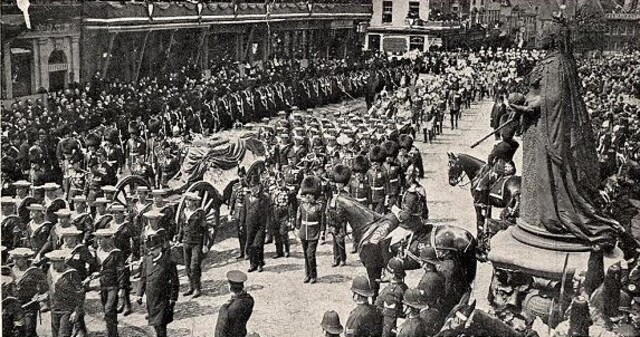
A Historic Gathering of Nine Kings
The funeral of Edward VII marked a turning point in how monarchs interacted. Advances in communication and transportation, including the telegraph and steamship, enabled foreign rulers to attend such an event on short notice. However, it was not just technology that made this gathering possible—it was the familial ties between royal houses that united them.
The nine kings who attended represented a mix of power, tradition, and interconnected histories:
- King George V (United Kingdom): Edward VII’s son and successor, George V, hosted the gathering.
- King Haakon VII (Norway): A symbol of resilience, he would later become a hero during World War II.
- Tsar Ferdinand (Bulgaria): A ruler with ambitions, but whose choices led to his abdication after World War I.
- King Manuel II (Portugal): The last monarch of Portugal, overthrown just months later in a revolution.
- Kaiser Wilhelm II (Germany): A powerful yet controversial figure who would lead Germany into World War I.
- King George I (Greece): A long-reigning monarch who met a tragic end through assassination.
- King Albert I (Belgium): A heroic leader who led his nation through the devastation of World War I.
- King Alfonso XIII (Spain): A monarch who faced exile but whose family would later restore the Spanish crown.
- King Frederick VIII (Denmark): A ruler whose sudden death added mystery to his legacy.
Video
Step back in time to witness the funeral of King Edward VII – watch the video to explore the significance of this royal event and the nine kings who were part of the procession!
The Photograph That Captured a Moment in Time
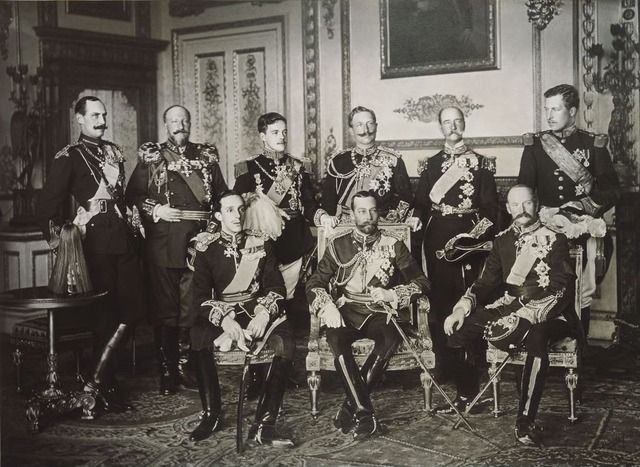
One of the most iconic outcomes of this gathering was a photograph of the nine monarchs, taken at Windsor Castle. At the time, the photo was not seen as particularly significant—it was simply a way to commemorate the occasion. However, in retrospect, it became a powerful symbol of a fading era. The image captured the height of European monarchy, a moment when royal power still seemed secure and interconnected.
Each king in the photograph had a unique story, but collectively, they represented a fragile order. Just four years later, the outbreak of World War I would dismantle much of this royal structure, leading to abdications, exiles, and the fall of empires.
The Fates of the Nine Monarchs
The lives of these nine monarchs offer a fascinating glimpse into the seismic shifts of the 20th century:
King George V (United Kingdom)
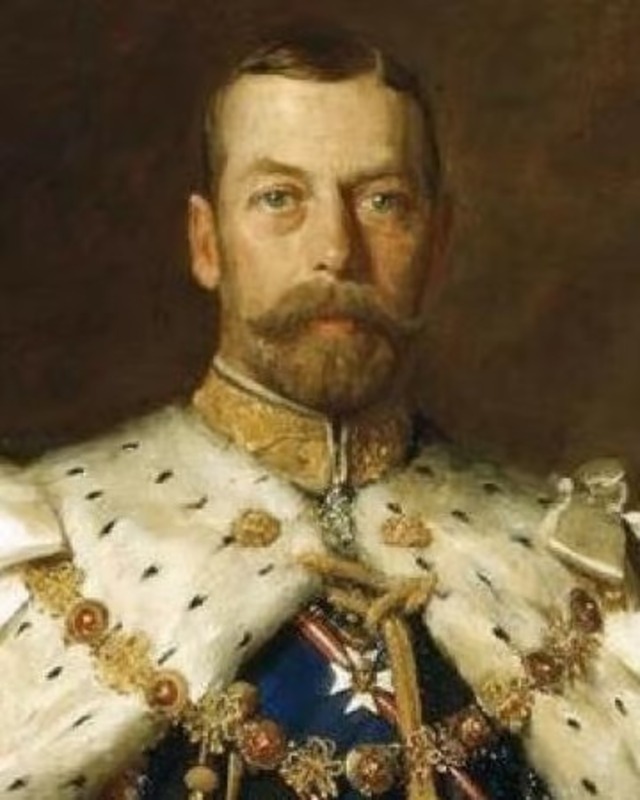
As the host, George V was perhaps the most stable of the group. He guided Britain through World War I and rebranded the monarchy, changing its name to the House of Windsor to distance it from German associations.
King Haakon VII (Norway)
Known for his bravery during World War II, Haakon refused to abdicate under Nazi pressure, earning the admiration of his people. He lived to see Norway’s liberation in 1945.
Tsar Ferdinand (Bulgaria)
Ferdinand’s ambitions led Bulgaria into World War I on the losing side. He abdicated in 1918, ending his reign but preserving the monarchy for a brief time.
King Manuel II (Portugal)
Just months after the funeral, Manuel was overthrown during the Republican Revolution. He spent the rest of his life in exile, unable to restore the monarchy.
Kaiser Wilhelm II (Germany)
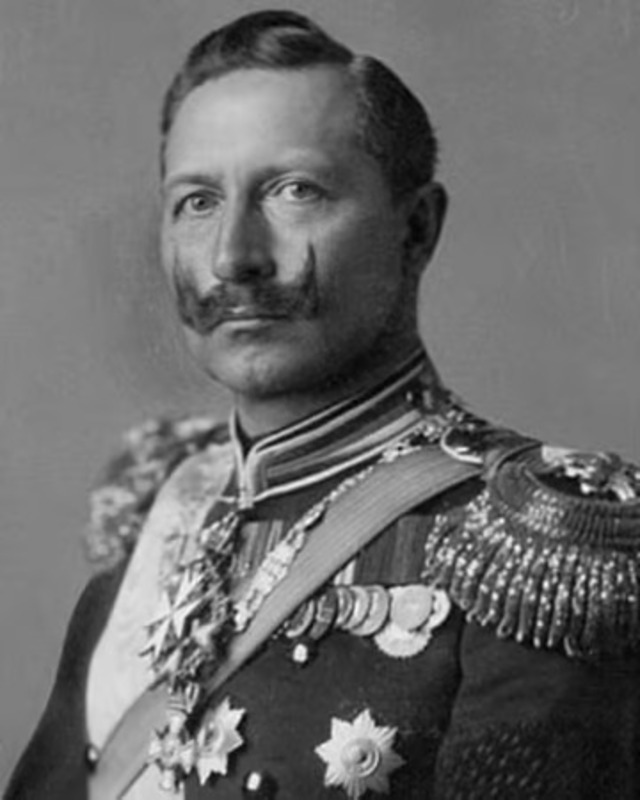
Wilhelm’s aggressive policies contributed to World War I. He abdicated in 1918 and lived in exile in the Netherlands, where he died in relative obscurity.
King George I (Greece)
After 47 years on the throne, George I was assassinated in 1913. His death marked the beginning of a tumultuous period for the Greek monarchy, which was eventually abolished.
King Albert I (Belgium)
A beloved figure, Albert led Belgium during World War I, earning the title “The Knight King.” He died tragically in a mountaineering accident in 1934.
King Alfonso XIII (Spain)
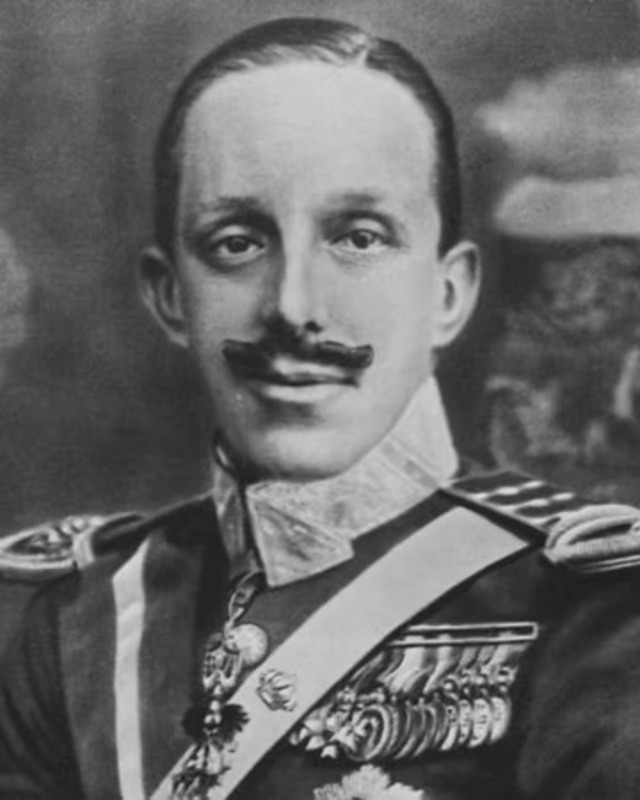
Alfonso faced political turmoil and eventually went into exile following the establishment of the Spanish Republic in 1931. His grandson, Juan Carlos, later restored the monarchy.
King Frederick VIII (Denmark
Frederick died unexpectedly in 1912 while traveling. His mysterious death sparked rumors and added intrigue to his story.
The Last Hurrah of the 19th-Century Order
The gathering of nine kings at Edward VII’s funeral symbolized the end of an era. The interconnected European monarchies, which had once seemed invincible, were about to face unprecedented challenges. World War I would dismantle empires, overthrow dynasties, and redefine national borders. For many of the monarchs in attendance, their reigns ended in abdication, exile, or tragedy.
This gathering was not just a historical curiosity—it was a snapshot of a world on the brink of transformation. The photograph of the nine kings serves as a poignant reminder of how quickly power can shift and how fragile even the most established orders can be.
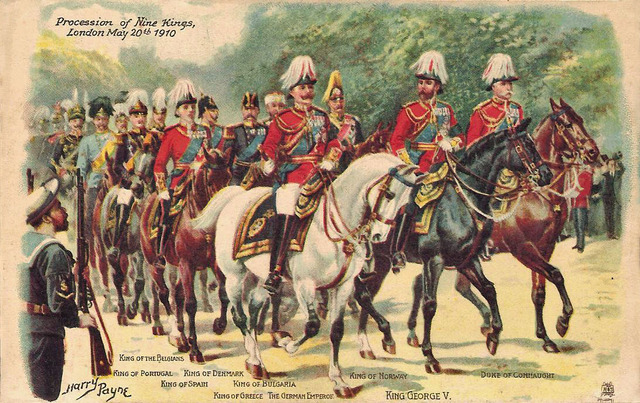
The Legacy of the Nine Kings
Today, the photograph of the nine kings remains a powerful symbol of unity, change, and history. It captures a moment when monarchies still held sway over Europe, before the cataclysms of war and revolution reshaped the continent. While many of the monarchies represented in that photograph no longer exist, the stories of these nine kings continue to inspire reflection on the complexities of leadership, family ties, and the forces of history.
The gathering at Windsor Castle in 1910 was not just a farewell to King Edward VII—it was a farewell to a world that would never exist again.
